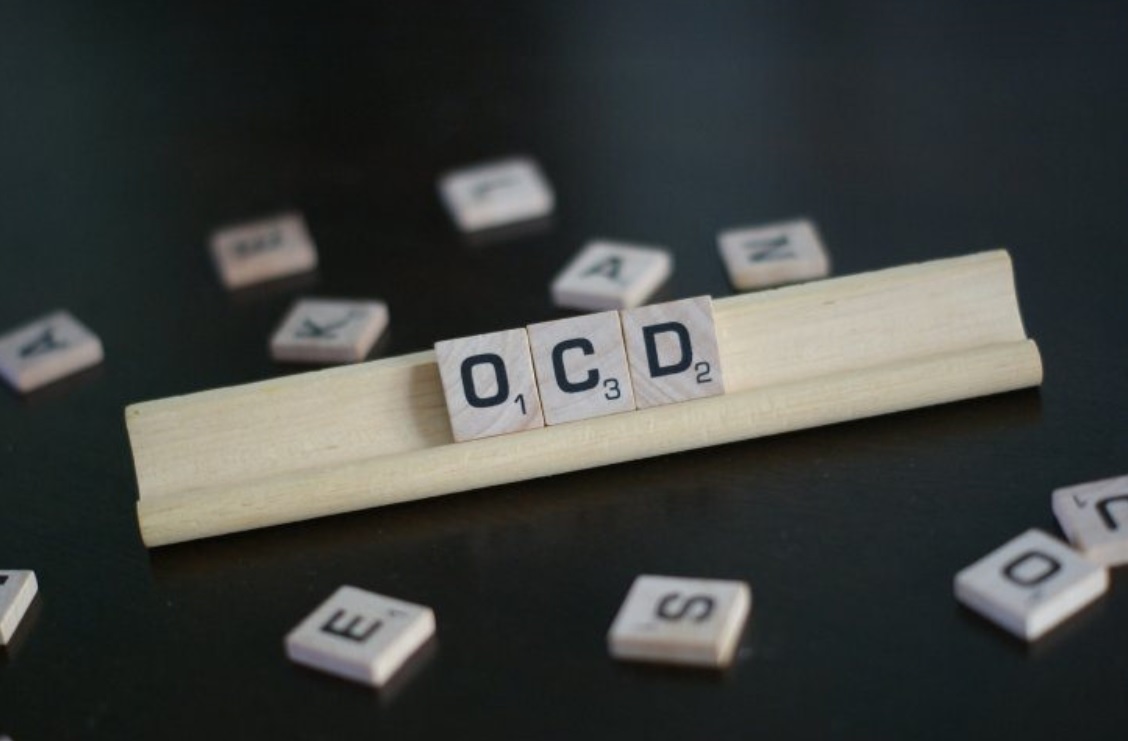Obsessive Compulsive Disorder can be treated by Mindfulness Meditation: Here’s how!

- Country:
- India
Mindfulness meditation (aka consciousness meditation) and its varied results are these days highly being studied by neuroscientists and researchers with the application of latest technologies. Thanks to Shunryū Suzuki and Hsuan Hua who left no stone unturned in popularizing Zen Buddhism and Chan Buddhism respectively in the United States, which is another vital reason why people across the world are getting interested in meditation.
In this article, we will try to look into the effects of mindfulness meditation and how it can treat the persons having mental disorders like Obsessive-Compulsive Disorder. This disorder is very common as almost all human beings tend to have some common compulsions such as repeated hand washing, checking things (ex: locks on doors), cleaning, repeating actions (ex: wallet or purse is rightly put) even including requesting reassurances.
In a more refined way, Obsessive-Compulsive Disorder is obviously a mental disorder where people suffering from it perform certain routines repeatedly (gradually take those as rituals) and have specific thoughts frequently, which make them ‘obsessed’ to those acts. When the ‘obsession’ unconsciously increases, the actions become involuntary and people are unable to control the thoughts (that provoke those actions), as a result, they continue doing the same activities over a short period of time.
In a recent study published in the Journal of the American Academy of Child and Adolescent Psychiatry, Obsessive-Compulsive Disorder, if not checked, can be severe in youth and a sign of serious psychiatric conditions. This disorder affects people of all the age groups as it is mainly characterized by ‘unreasonable thoughts and fears’ about anything or everything, which augment the obsessions that lead to compulsive behaviours. Then the sufferers, in the eyes of other people, behave in certain compulsive, strict ways.
On the other hand, people with Obsessive-Compulsive Disorder may be diagnosed with other conditions such as personality disorder, bipolar disorder (associated with episodes of mood swings ranging from depressive lows to manic highs), social anxiety disorder, major depressive disorder, dermatillomania (skin picking disorder), anorexia (An eating disorder causing people to obsess about weight and what they eat), attention deficit hyperactivity disorder, generalized anxiety disorder, body dysmorphic disorder (a person spends a lot of time worrying about flaws in their appearance), trichotillomania (recurrent, irresistible urges to pull out body hair) etc. Even more than 50 percent of people suffering from OCD experience suicidal tendencies as they are always surrounded by depression and anxiety that increase the risk of self-annihilation.
Psychiatric counselling is undeniably necessary for the people suffering from OCD. However, mindfulness meditation (or consciousness meditation), if practised systematically, is absolutely able to uproot the mental disorders that accumulated over a long period of time, whereas disorders tend to surge from the subconscious level of mind if constant counselling is interrupted. Hence, why not take the route that can uproot the mental disorder?
Lots of mystics and saints have defined ‘meditation’ in various ways, but the simple definition is: Meditation is just taking oneself beyond the mind. In other words, a meditation practitioner gradually feels that he is unattached to his own ‘imbalanced thoughts’, and his ‘compulsive activities’ as the outcome of those ‘illogical thoughts’ tend to decrease. Once the practitioner achieves the state of higher consciousness, the involuntary biological and mental actions can easily be controlled and manipulated by him/her.
The process of consciousness meditation simply involves training a part of the mind (that jargons ‘I’) to observe (or simply witness) the thought processes (or mind waves) without being judgmental to those thoughts. However, since the mind waves are more and more subtle than respiration, it is always better for the beginners to start meditation by concentrating on the breathing process without the impression of controlling it (more elaborately, it’s not any kind of Pranayama stated in Hatha Yoga).
Once the observation on breathing continues for 10 to 15 minutes, the beginner will positively feel the gradual shortening of crest and trough in mental waves. At this juncture, it is quite easy for him/her to become witness to the mental thoughts without being judgemental at all. Specifically, it’s like just watching the highly moving traffic as a bystander without recognizing any particular vehicle. Once the practitioner goes deeper with regular practice by witnessing his mind waves, the root cause of all the mental and physical agonies can easily be discovered and uprooted similarly to picking up grass from the soil.










